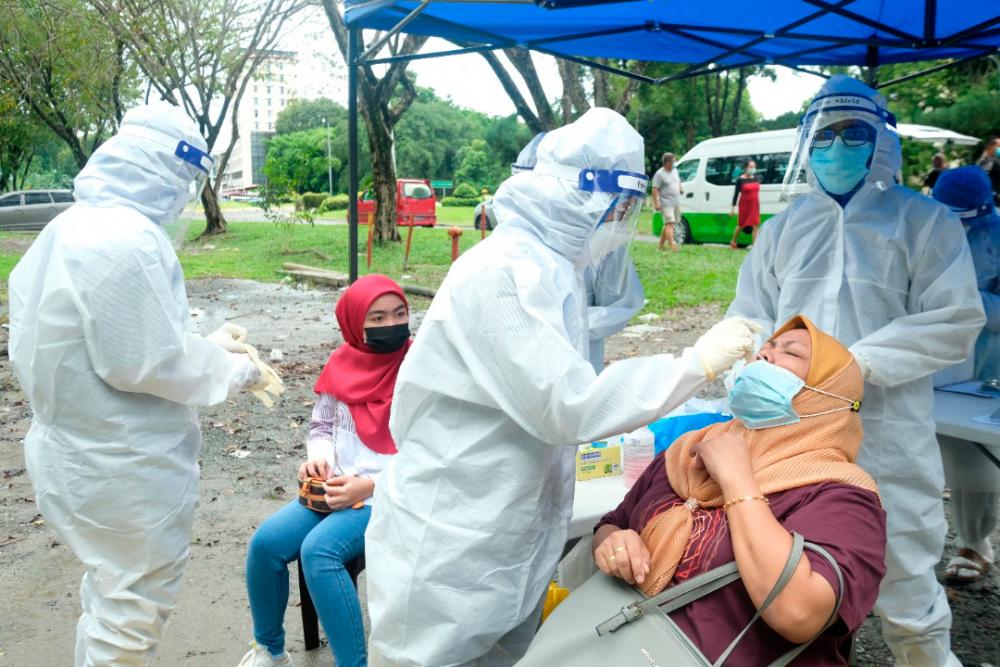PETALING JAYA: The sudden surge in Covid-19 infections in Sarawak should serve as a warning that the worst is yet to come.
It is an indication that unless all standard operating procedures (SOP) to curb its spread are strictly observed, regular surges of such magnitude could occur from time to time in the next few years, according to medical experts.
Universiti Malaya Epidemiology and Public Health Faculty professor Sanjay Rampal said a fourth wave is
“inevitable”.
“Based on the evolving knowledge of the virus and vaccines, there is a continuous likelihood of large outbreaks for the next few years,” he told theSun.
He explained that this is because of the susceptibility of a large proportion of the Malaysian and global population to this virus.
“Herd immunity within a country may not be enough as a high global infection rate may introduce new mutations that make the current vaccines less effective,” he added.
A total of 607 new infections were reported in Sarawak on Tuesday, the highest single day increase in the state so far.
Epidemiologist Prof Dr Malina Osman said appropriate measures should be taken to prevent a possible fourth wave.
“We have to be cautious as well since interstate travel has taken place after schools and universities reopened,” she said.
While many worry that workplace clusters are a key source of infections, Malina said the issue is violation of the SOP.
Given that people have already resumed work at the office and Ramadan bazaars have been allowed, it is even more essential that the SOP, such as social distancing and wearing of face masks, are strictly enforced.
Universiti Malaya Department of Social and Preventive Medicine head Dr Victor Hoe Chee Wai Abdullah said while the number of cases in Sarawak has been steadily increasing since March 31, from 176 to 607, causing the five-day moving average of the cases to steadily increase from 195.2 to 450.4 over the same period, the 14-day incidence density is more worrying.
Hoe pointed out that Sarawak recorded a ratio of infection of 100 per 100,000 population from Feb 26, but the latest increase has raised the ratio to 168 cases per 100,000 population.
“This is the highest in the country. There are many reasons for the rise in the number of cases, two of which being the lack of compliance with SOP and the difficulty in conducting contact tracing to identify and quarantine contacts due to the vast geographical areas,” he said.
Hoe stressed that although
work-from-home orders have been lifted, it should not be an excuse to ignore SOP.
“All workplaces with 100% capacity of workers should ensure all SOP are adhered so as to decrease chances of transmission.”
He said people must understand the virus will spread over a wider area if the recommended SOP are not followed.
















